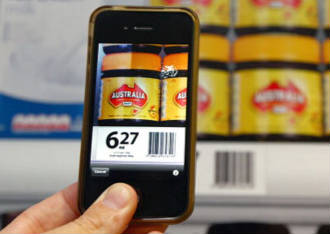 Although mobile commerce is still experiencing teething problems in most markets, a growing number of consumers are turning to smartphones to improve their shopping experience. Even when they are not making actual transactions, they are using their smartphones to learn more about products and services.
Although mobile commerce is still experiencing teething problems in most markets, a growing number of consumers are turning to smartphones to improve their shopping experience. Even when they are not making actual transactions, they are using their smartphones to learn more about products and services.
A recent survey by Google found that 79 percent of shoppers it surveyed can now be considered “mobile shoppers” – despite the fact that their smartphone usage pattern doesn’t necessarily involve transactions.
While 17 percent use their phone at least once a week to help out with shopping, the report concluded that 82 percent of shoppers use phones to learn more about products and services in brick and mortar shops.
This basically means that retailers need to cater to smartphone users on two fronts, by introducing e-commerce and designing more mobile friendly websites, but also by offering in-store perks such as free WiFi, which would be a boon for tourists trying to cut down on roaming.
The survey also found that almost half of mobile users tend to use their toys for 15 minutes or more per store visit. Such users tend to spend quite a bit more, so a cup of coffee and a friendly chat thrown in with free WiFi might be worth the effort.
On average, consumers who tinker with their smartphones while walking around the shop will spend $250 to $350 more on appliances and $161 to $215 more on electronics. The full breakdown is available in the report.
Outside the shop, consumers use smartphones to find locations or directions, check working hours, make price comparisons, find promo offers and browse. Unsurprisingly, 82 percent of shoppers use search engines while browsing product info in-store, which means Google’s targeted mobile shopping ads make a lot of sense.
Oddly enough, investing in a dedicated mobile app might not be as great an idea as it might seem. It turns out that 65 percent of consumers prefer mobile sites over apps. Besides, a good mobile site is often better and quicker to use than a cheap app made for the sake of having an app.





